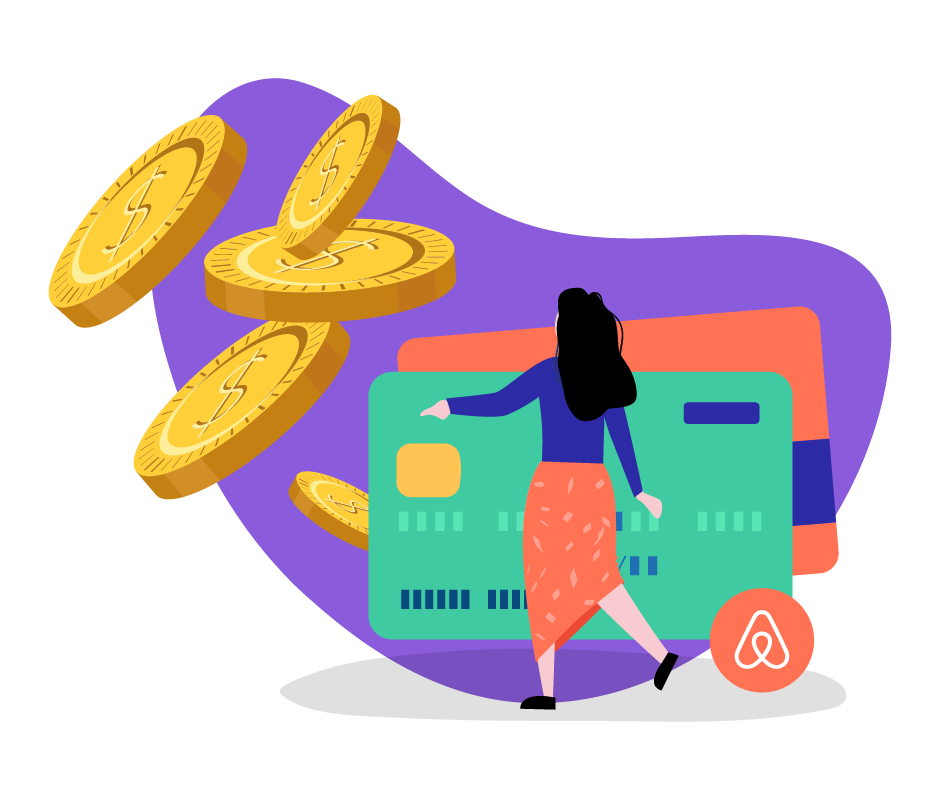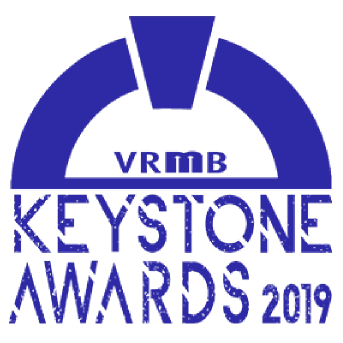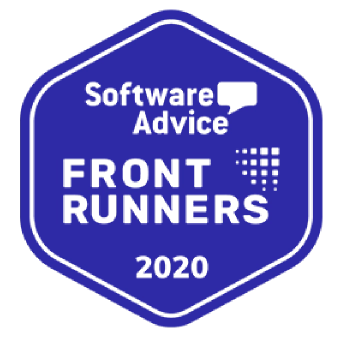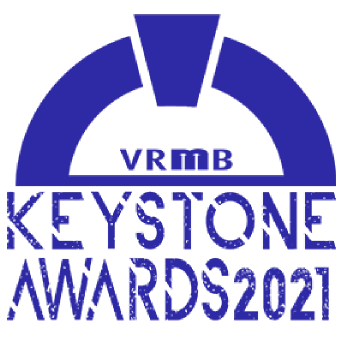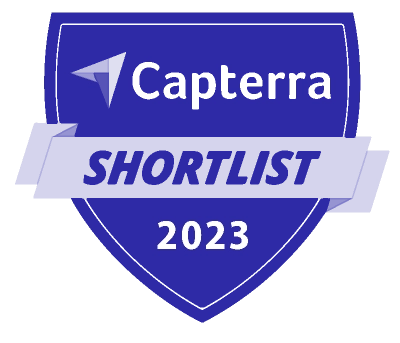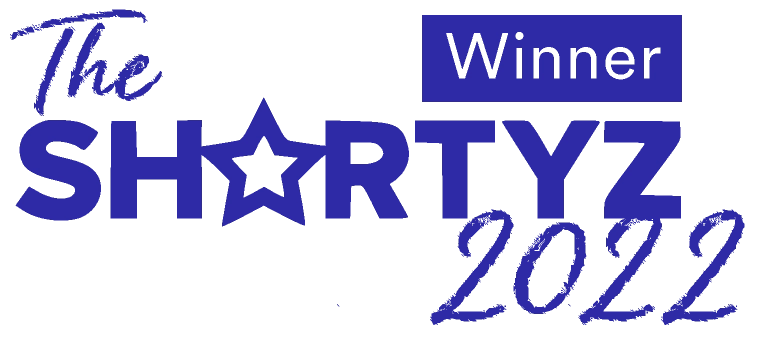Ever find yourself with vacant properties in high season? Or worried you’re selling nights too cheaply? If so, you need to work on your vacation rental pricing strategy.
Without a robust pricing strategy in place, you could be leaving money on the table. And there’s much more to pricing vacation rentals than just adjusting rates by season.
At Hostfully, we work with vacation rental property managers to help them streamline their business and become more cost-effective. So we took a look at the vacation rental pricing strategies the most successful property managers use.
In this post, we’ll cover:
- Why you need a pricing strategy
- What to consider before setting prices
- Different pricing strategies to increase your profits
- How bulk editing makes it easy to apply pricing strategies across your portfolio
Why do you need a vacation rental pricing strategy?
Without a vacation rental pricing strategy, it’s very difficult to plan ahead, manage your vacation rental revenue and make sure your business is sustainable and profitable.
A pricing strategy helps you understand when you can charge higher rates to meet demand, and when to reduce prices to stay competitive and achieve maximum bookings.
If you plan well ahead, you can avoid being left with too many vacancies. You also won’t lose out on profit by charging low prices when there’s a huge demand for properties in your area.
A short-term rental pricing strategy should be flexible and constantly evolving. You always have to be on the lookout for new information that can affect your nightly rate.
Part of designing a strategy involves researching what your competitors are doing, and what’s happening in the market. Let’s take a look at what you need to bear in mind.
What should you consider before pricing your property?
Successfully monetizing your vacation rental property business requires having a great pricing strategy. But before you start putting a plan together, first you need to do your research.
Expenses: fixed and variable costs
Calculating expenses takes time and effort, but it’s vital to take stock of all your current costs before setting prices.
After all, how can you decide what to charge guests if you don’t know what your property costs to maintain?
List out every single one of your expenses, and don’t forget to leave a buffer for occasional, unexpected costs like repairing the dishwasher or fixing a leak.
Look at your costs both on a monthly and annual basis to make sure you’re seeing the full picture. There are two main categories of expenses to factor in:
- Fixed costs are the same every month. They include things like taxes, insurance, staff wages, TV, wifi, software subscriptions, and OTA fees.
- Variable costs change depending on usage. Water, electricity, and gas bills will vary throughout the year. Cleaning and maintenance costs may fluctuate as well, depending on how many bookings you have and the number of guests staying in each property.
These are the main costs to consider, but you should also factor in property upkeep—painting, decorating, furniture, appliances, utensils, bedding, and anything at risk of breakage or wear and tear. Good accounting software for vacation rentals can help you keep track of all your expenses.

The local rental market
One of the most important things with pricing is being tuned in to what’s going on in your area.
Being familiar with your area and competing properties makes it easier to set your prices, so you need to know your location well.
Here are a few things to think about:
- Are there many short-term rentals in your area?
- How does the quality of your property compare with others?
- What amenities do you offer, and which are close by?
- How popular is your location with domestic and international tourists?
- Which times of year are the most and least busy?
Follow regional news, keep up with local events, and join residents’ Facebook groups to keep tabs on what’s happening in the area.
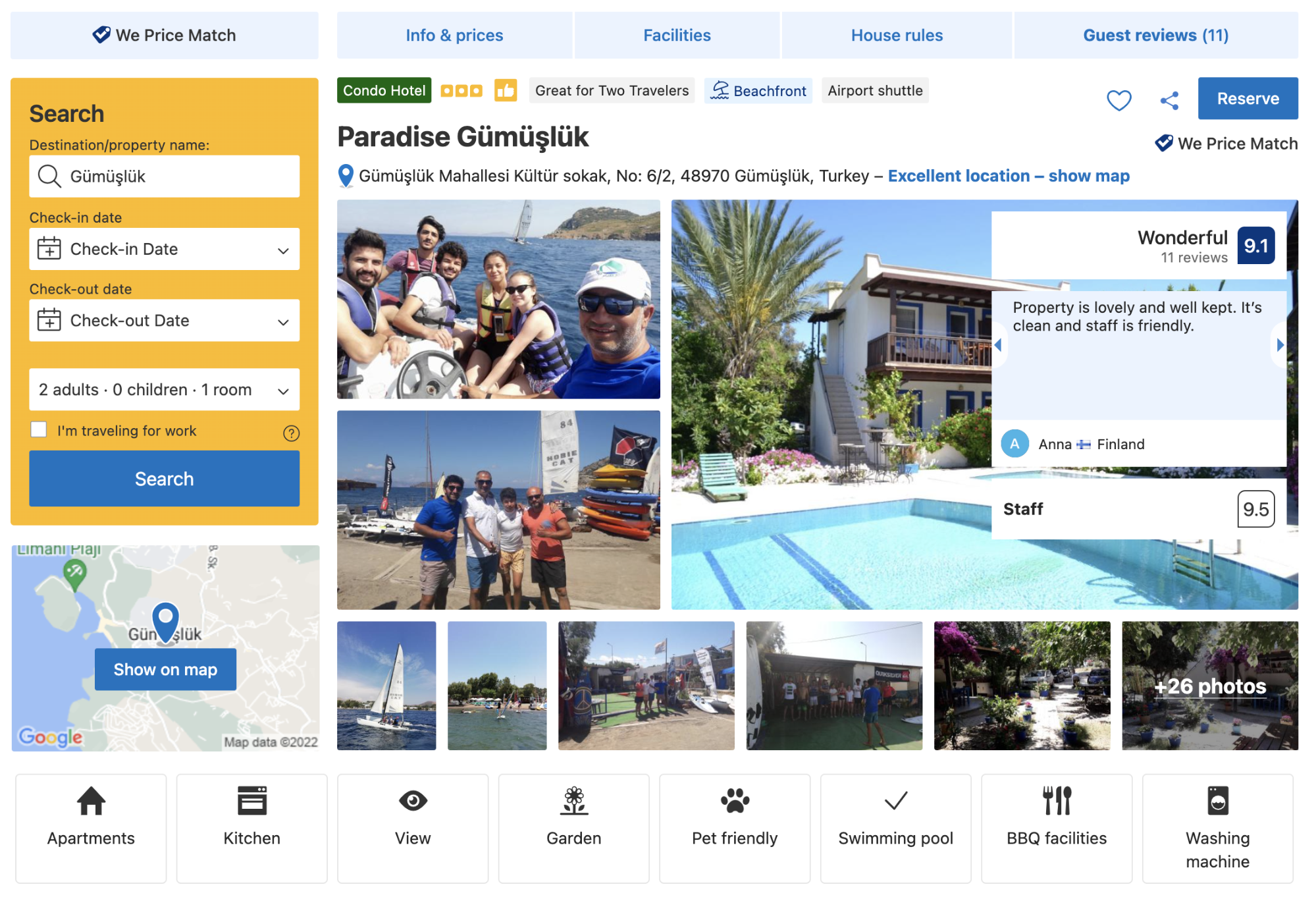
Your unique value proposition
Part of creating a vacation rental pricing strategy is discovering what makes your property special. And every property has a unique value proposition.
There are many ways your property can stand out from others in the area. For example:
- Interior design—Maybe your property has particularly chic decor, or stands out for being traditional, modern, or elegant.
- Amenities—You offer a wide range of amenities, like a larger-than-average swimming pool, hot tub, outside space, barbecue area, or pool table.
- Location—Maybe your unique selling point (USP) is a beachfront location. Or maybe your property is surrounded by nature, or in the heart of downtown, or close to tourist attractions and landmarks.
- Suitability—Maybe your property is perfect for a certain guest profile. For example, if you offer a home office ideal for business travelers or those on a “workation.” Or a gated pool that’s perfect for families with small children.
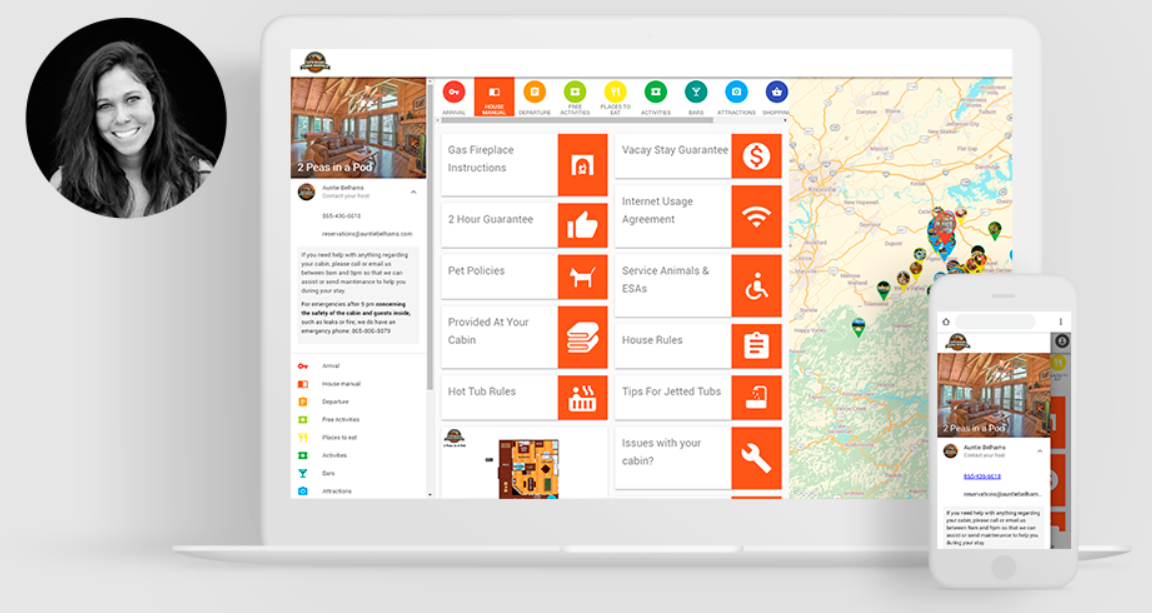
6 ways to build a powerful vacation rental pricing strategy
Now, you’re ready to start making smart pricing decisions that will increase your profits. Let’s take a look at the 6 steps to build a vacation rental pricing strategy like a pro.
1. Consider seasonality and upcoming holidays
Know your occupancy rates at different times of the year, so you can increase prices in high season and drop them during off-season.
It’s also important to be aware of holidays that might affect demand for your properties. For example, if you know an international music festival is coming to town, you can increase your prices for those dates. The same goes with local celebrations, concerts, and school holidays.
As well as considering local and national holidays, don’t forget your guests’ calendars. For example, if your property is in Spain, but you mostly cater to English tourists, you’ll want to be aware of national holidays in the UK.
A unified calendar gives you more oversight over peaks and troughs and helps you spot trends in bookings sooner. Say you notice an uptick in bookings on one weekend, you could investigate and discover a new festival happens over those dates.
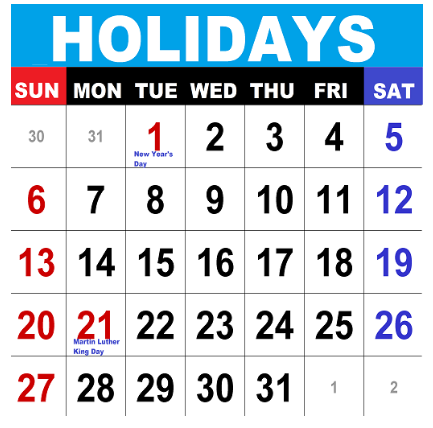
2. Look at what competitors are doing
Just like any other business, in the short-term rental industry it’s vital to monitor what competitors are charging and set your prices accordingly.
If all your competitors’ rental rates drop but yours stay the same, travelers are unlikely to choose your vacation home. Similarly, you don’t want to find out you’ve been selling nights too cheaply and your competitors are earning much more than you.
However, it’s important to compare like for like. While it’s good to have competitive pricing, you shouldn’t always compete on price with properties that offer a significantly less luxurious experience. And if you offer budget-friendly apartments, there’s little point comparing your prices to premium villas.
When you know your property’s USP, you can pinpoint what sets you apart from competitors and price accordingly.
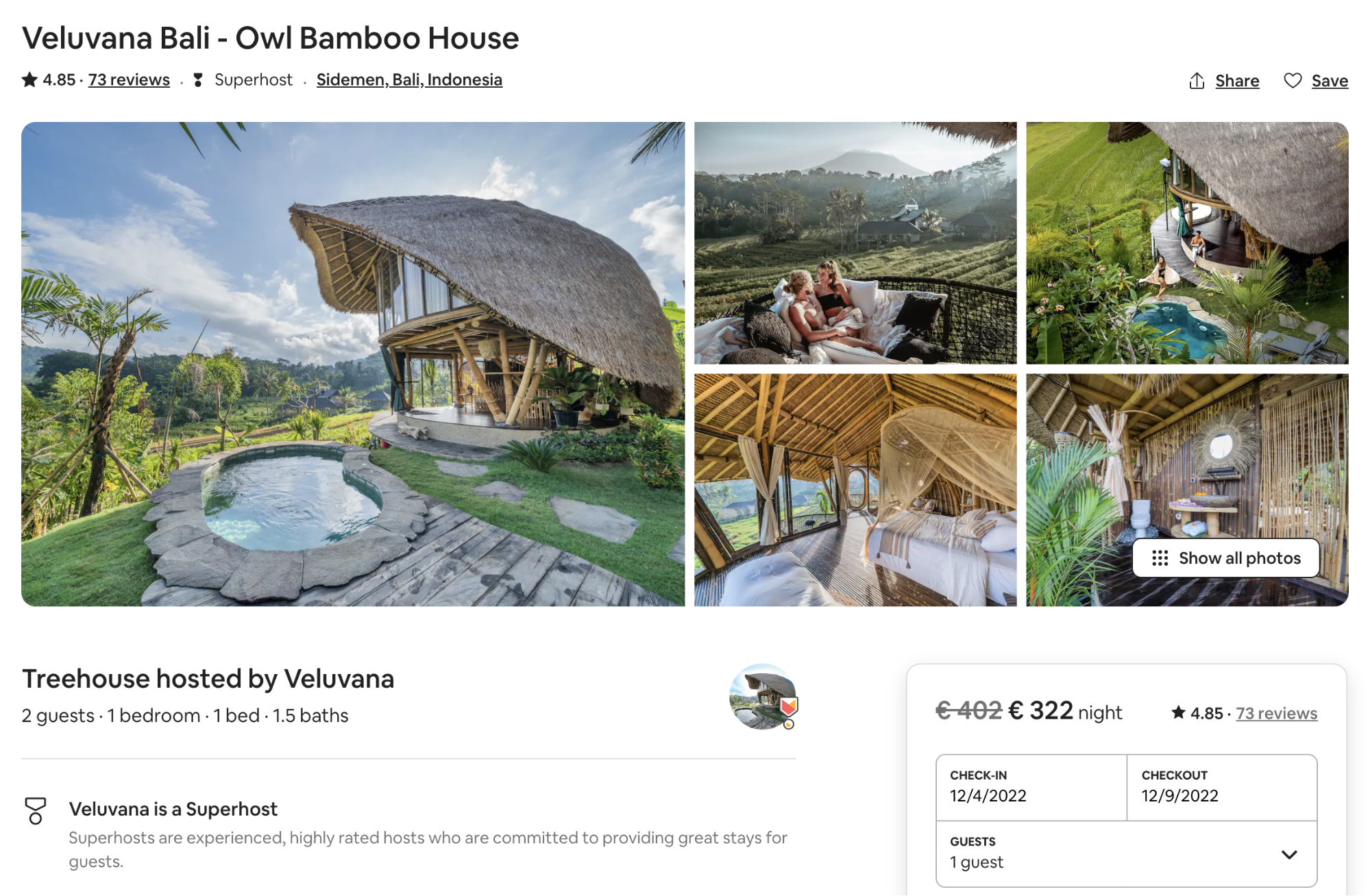
3. Set a minimum night rate
After calculating all your expenses, you’ve probably realized that going below a certain nightly rate will make your properties unprofitable.
To avoid being out of pocket, decide on a minimum nightly rate and commit to never going below that, even during quiet times. Setting a minimum price means you’ll never cut rates beyond what you can afford.
If your property costs go up, don’t be afraid to increase the minimum night rate accordingly.
You can set rules.
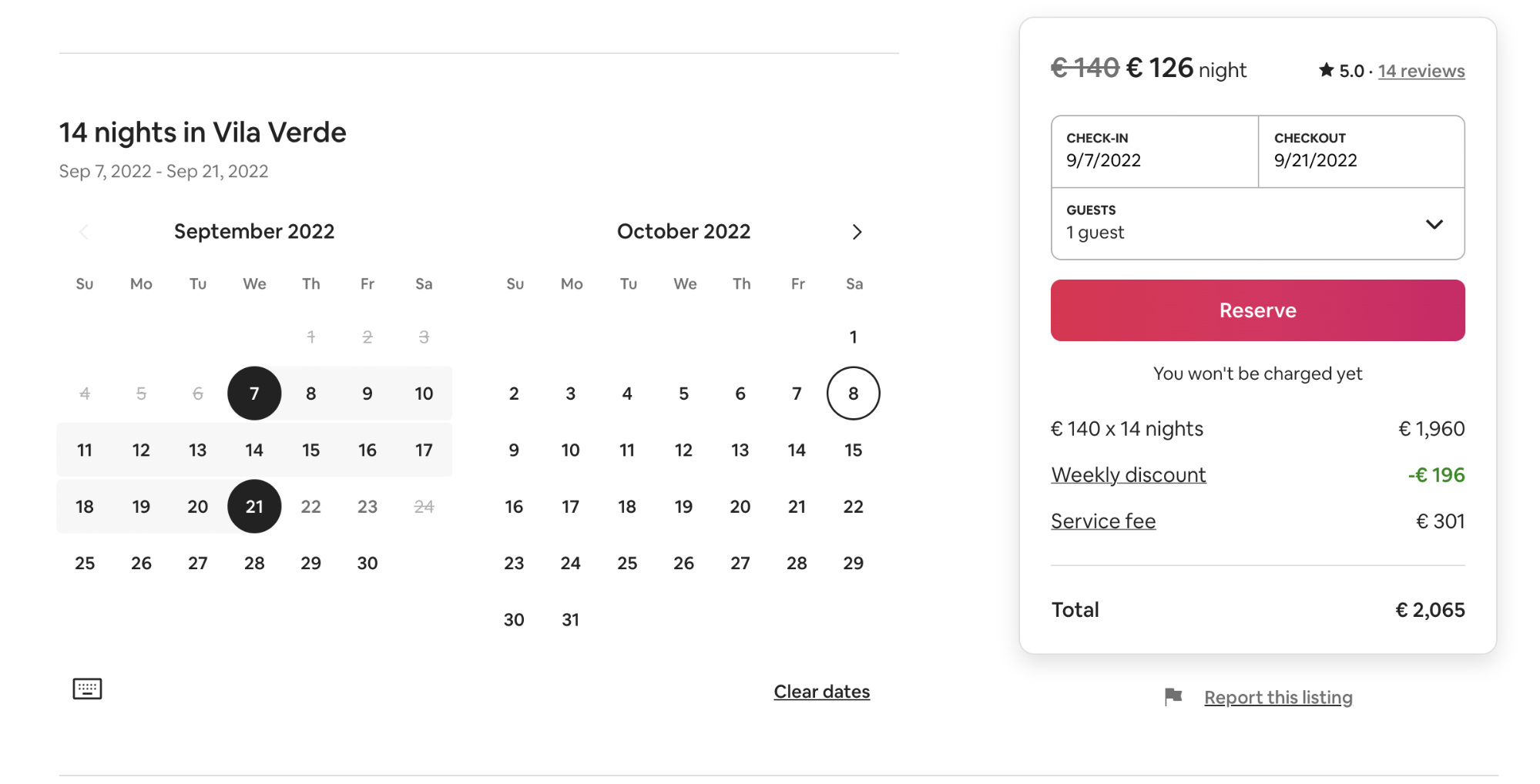
4. Open your business to more last-minute bookings
Last-minute bookings help maintain good occupancy rates but if your team is already at capacity, you might struggle to accommodate impromptu check-ins and cleans.
With automated processes, you can free up time to handle last-minute bookings, even with less than a day’s notice. For example, Hostfully syncs your booking information across channels and manages confirmation emails.
And with remote access management, guests don’t need you to welcome them in person. You can send them check-in instructions via email automation beforehand with a custom PIN code for the property’s smart lock. And a digital guidebook gives them in-depth information for a smooth arrival like directions, parking information, the WiFi details, and other key information about their stay.
You can also manage cleaners and maintenance crews more efficiently with property care management software. These platforms are available as PMS integrations that automatically create cleaning workflows based on your latest booking information.
When you’re in a position to handle more last-minute bookings, you can shorten your booking window. This gives you the best possible chance of filling any gaps in your calendar and minimizing wasted inventory.
5. Try proximity-based pricing
A proximity-based pricing strategy takes into account how many similar, competing properties there are in your area.
If you’re surrounded by similar properties, reducing your rates can make you more attractive to guests. However, if the choice is limited, you can charge more, as guests have fewer options to choose from.
6. Set minimum and maximum lengths of stay
You may have guests interested in booking your property for long weekends throughout the summer. However, when you factor in the cleaning and maintenance costs of frequently turning over the property, short stays may not generate enough profit.
Setting a minimum length of stay, especially during peak season, helps reduce your operational costs—however, this can be at the risk of missing out on bookings.
So, as you get closer to a final booking date, if the rental is still empty, lower the minimum stay to increase the chance of attracting a last-minute booking. That way you can maintain high occupancy while having a strategy in place to get longer stays.
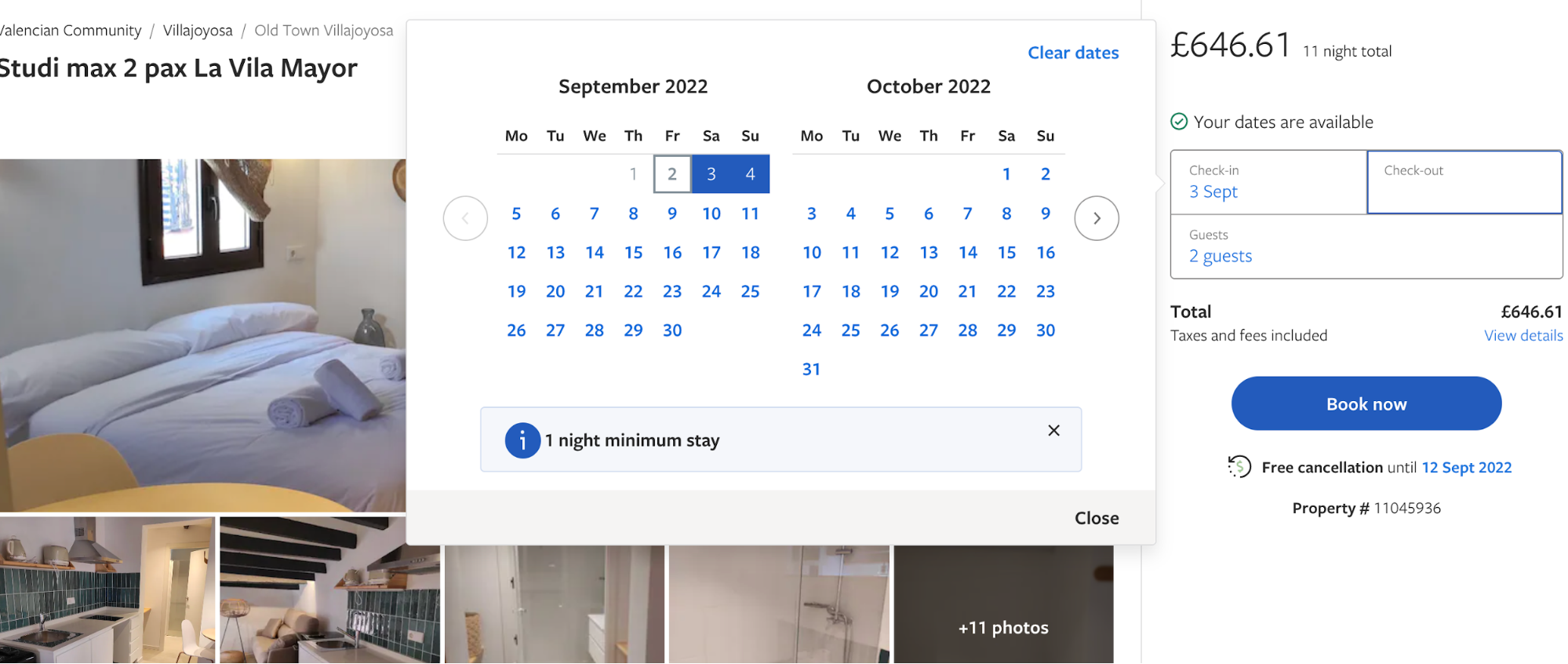
Use specialized pricing tools for scalability
Once you’re managing more than a handful of properties, manually optimizing your rates becomes virtually impossible. You can’t stay on top of all the market data and consistently apply rates across all your listings without automation and bulk editing.
So, you need pricing software to do the work for you.
Dynamic pricing tools
The goal of dynamic pricing tools is to find the best price point for each booking to maximize revenue and occupancy rates. Software like PriceLabs and BeyondPricing does this for you by analyzing market data and adjusting nightly rates in real time.
As dynamic pricing tools analyze billions of data points, human property managers can’t compete. The software applies your customized settings as it assesses:
- Your historical data
- Supply, demand, and availability
- Competitor prices
- Seasonality and local events
- The time of booking
- External factors like weather and the economy
The best dynamic pricing tools integrate with popular short-term rental software like Hostfully. That’s because you can import properties to these pricing tools, let the software run their data, and see the recommended pricing instantly.
Afterward, you can accept or adjust these prices and sync them with Hostfully’s central calendar. If you’re using a channel manager, you’ll also see these changes reflected across your other listings.
While dynamic pricing tools require a monthly subscription, managers say you’ll get a quick return on your investment. One Pricelabs user said they “paid back the cost [of the software] for a year in a month through additional revenue.” Another user said they “doubled their nightly rates.”
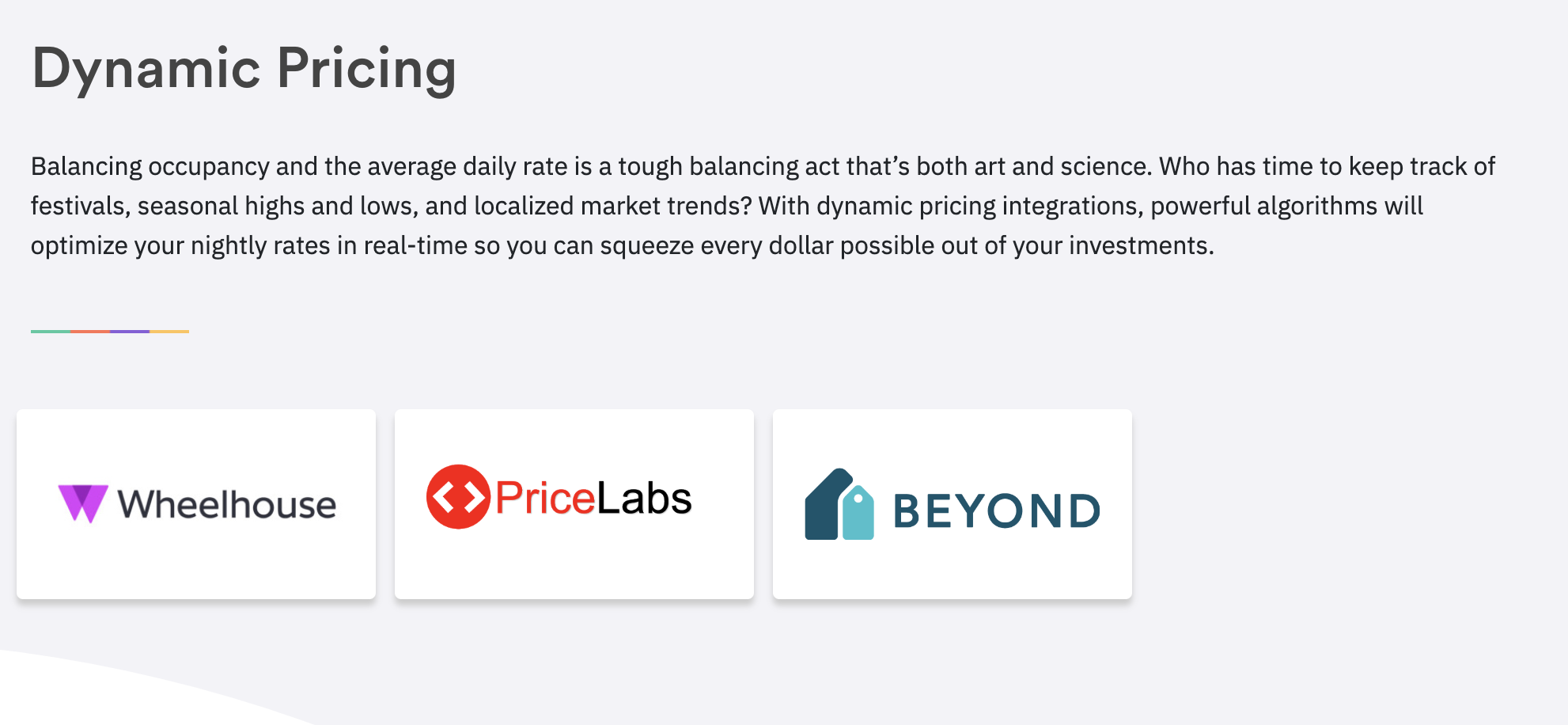
Bulk editing tools
Manually applying rates for special promotions or specific types of stay is time-consuming. And if you miss a listing, or guests later notice the price is lower elsewhere, you could get a poor review.
This is where Hostfully’s bulk editing tools can save you effort and ensure consistency across all your listings.
Bulk editing tools let you create rules for certain scenarios like if a booking exceeds a specific number of days or guests want to include an extra guest. As you receive reservations, the software automatically applies and updates the new rates.
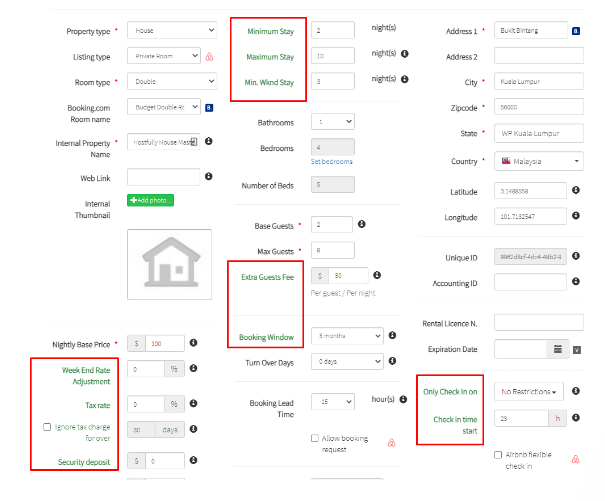
But this isn’t an either-or situation. Dynamic pricing complements bulk editing tools as the former finds you the best rates according to the market and the latter lets you customize these based on more specific business needs.
Supercharge your revenue: Effortlessly find the optimal rental prices
You might think that the best way to increase your vacation rental profits is through chasing guests and aggressively marketing your property. Sure, marketing and distribution are important—but a flexible vacation rental pricing strategy is also key to boosting profits.
To apply one, try some of these tips:
- Take into account all your costs, the local market, and your property’s USP.
- Get familiar with local and international holidays and events calendars, and monitor how demand fluctuates throughout the year.
- Charge fair premiums for advance bookings.
- Set limits, like minimum and maximum stays.
- Use dynamic pricing to automate calculating and adjusting rates across all your channels.
- Apply special discounts across your listings with bulk editing tools.
With these pricing strategies alongside Hostfully’s integrations, automations, and bulk price editing features, you can use scalable processes to maximize your revenue and operational efficiency.
Frequently asked questions about vacation rental pricing strategy
What is dynamic pricing?
Dynamic pricing for vacation rentals is when you adjust prices based on demand. When demand is high you can charge more; when business is slow you reduce prices to remain profitable.
Property managers can manually adjust prices according to market data and their knowledge of the local area. However, this is very time-consuming so dynamic pricing tools use algorithms to analyze historical and current market data and automatically set the optimum nightly rate for your properties.
What are the types of pricing strategies?
The most common type of pricing strategy is demand-based. When demand is high you can charge more for your property; during quieter times, you can lower prices. You can also set prices according to:
- Your property’s size and value, amenities, and proximity to attractions
- Proximity to competing properties
- How far in advance guests want to book
- Local events and holidays that may cause surges in demand
- How much your competitors charge for similar properties
What is a good rate of return on a vacation rental?
Around 10% is a good rate of return for a vacation rental. However, this will vary for every property and business. When calculating your rate of return, you need to factor in all your property expenses. For example, fixed costs like insurance, wages, taxes, and OTA fees, and variables like cleaning, maintenance costs, and bills.
What percentage of rental income goes to expenses?
The percentage of your rental income that goes to expenses could be around 50%. In real estate, the 50% rule states that when you are calculating profitability, half of the gross income a property generates should go to expenses.
How can I increase my vacation rental income?
You can increase your vacation rental income in the following ways:
- Use dynamic pricing software to ensure you’re always charging the best possible price
- Set up a direct booking website to get more commission-free bookings
- Diversify your listings to boost visibility on more channels and, therefore, occupancy
- Improve your listings, use professional photography, and ensure you’re optimizing for search engines.

